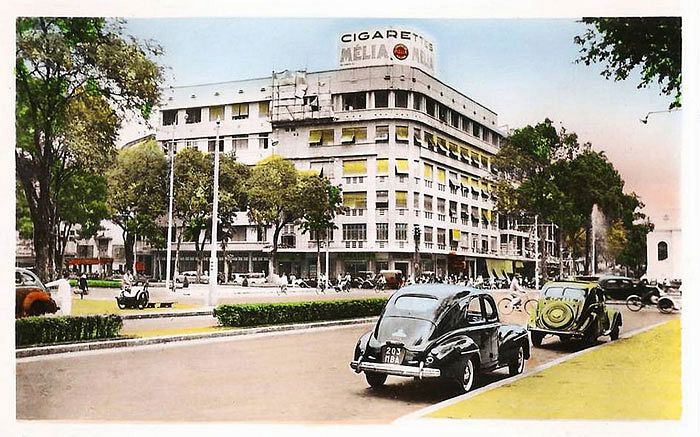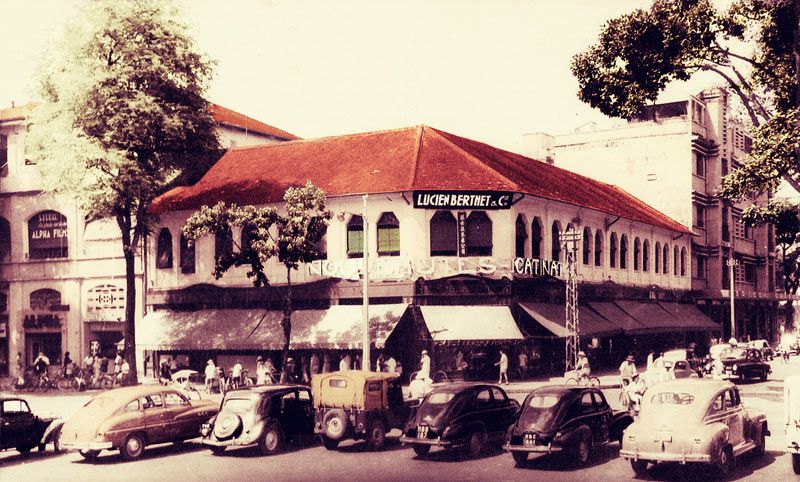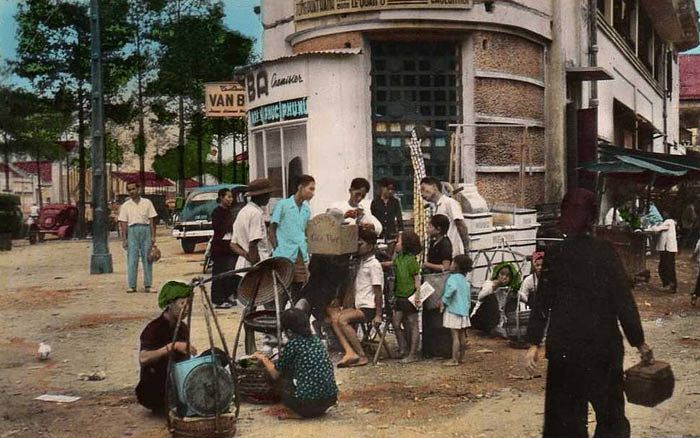Hey folks! Saigoneer is resurrecting its short-lived series on the street signs of Saigon with a weekly column called Street Cred. Saigon is filled with history and we see signs of it everywhere. Street Cred is the rearview mirror by which we’ll explore the meaning behind the signs. Look for it every Friday. Enjoy!
On July 6, 2009, former US Secretary of Defense, Robert McNamara, passed away in his sleep at his home in Washington, D.C. He was 93. For those familiar with McNamara and his role during the Vietnam War, they’ll know that he was a polarizing figure. Even today, the lens of history is too cracked and divided to clearly focus on McNamara’s true legacy. But this column is not about McNamara—it’s about Nguyen Van Troi—the man who plotted to assassinate McNamara during a 1964 visit to Saigon. Obviously, Nguyen Van Troi was unsuccessful in his attempt to kill the former Secretary of Defense, but despite this failure, Nguyen Van Troi’s legacy lives alongside that of other Vietnamese revolutionary heroes, his name etched upon the street signs of a major thoroughfare running through Saigon.
Nguyen Van Troi’s time in the spotlight was short-lived, as was his life. He was only 24 years old when he was arrested and subsequently executed by South Vietnam for plotting the assassination of Robert McNamara. His plan went like this:
1. Plant bombs on Cong Ly Bridge (which currently connects Phu Nhuan District and District 3).
2. Wait for McNamara’s envoy to enter the bridge.
3. Boom.

Unfortunately for Nguyen Van Troi, that plan blew up when he was arrested just 3 days prior to McNamara’s scheduled visit. His trial was held in a military court and he was sentenced to death. This touched off a mini international incident, as guerilla fighters in Venezuela took hostage a US Air Force lieutenant, and in a gesture of worldwide Communist solidarity, offered to release the lieutenant under the condition that Nguyen Van Troi also be released. A deal was struck, the lieutenant was freed, but Nguyen Van Troi’s captors reneged on their agreement. On October 15, 1964, in Chi Hoa Prison located in District 10, Nguyen Van Troi was marched out in front of cameras and media types from all around the world, blindfolded, and executed by a firing squad. As shots rang out, his last words were, “Long live Vietnam!”
Today in Vietnam, Nguyen Van Troi is remembered as a war hero and martyr. Aside from the street that is named after him in Saigon—which also happens to be the street where the assassination was to take place—Nguyen Van Troi also has schools, markets, and awards that bear his name. In fact, there’s a stadium in Havana, Cuba named in his honor (worldwide Communist solidarity, remember?). Heck, even Hollywood actress and anti-war activist Jane Fonda named her son, Troy Garrity, after the fallen war hero.

So the next time you go to the airport via Nam Ky Khoi Nghia and cross Cong Ly Bridge onto Nguyen Van Troi street, just think about the history that flows throughout Saigon. One man died in his sleep at the age of 93, while the other met his end at the wrong end of a firing squad at 24. Life, not just for Robert McNamara and Nguyen Van Troi—but for many of us—could have turned out so differently. Life ends, but history doesn’t—so it goes.

About the writer:
California is where he’s from, Saigon is where he’s at and this column is where he could be found. If you’re looking for a freelance writer specializing in Vietnam, please contact Vinh at vinh@berkeley.edu














